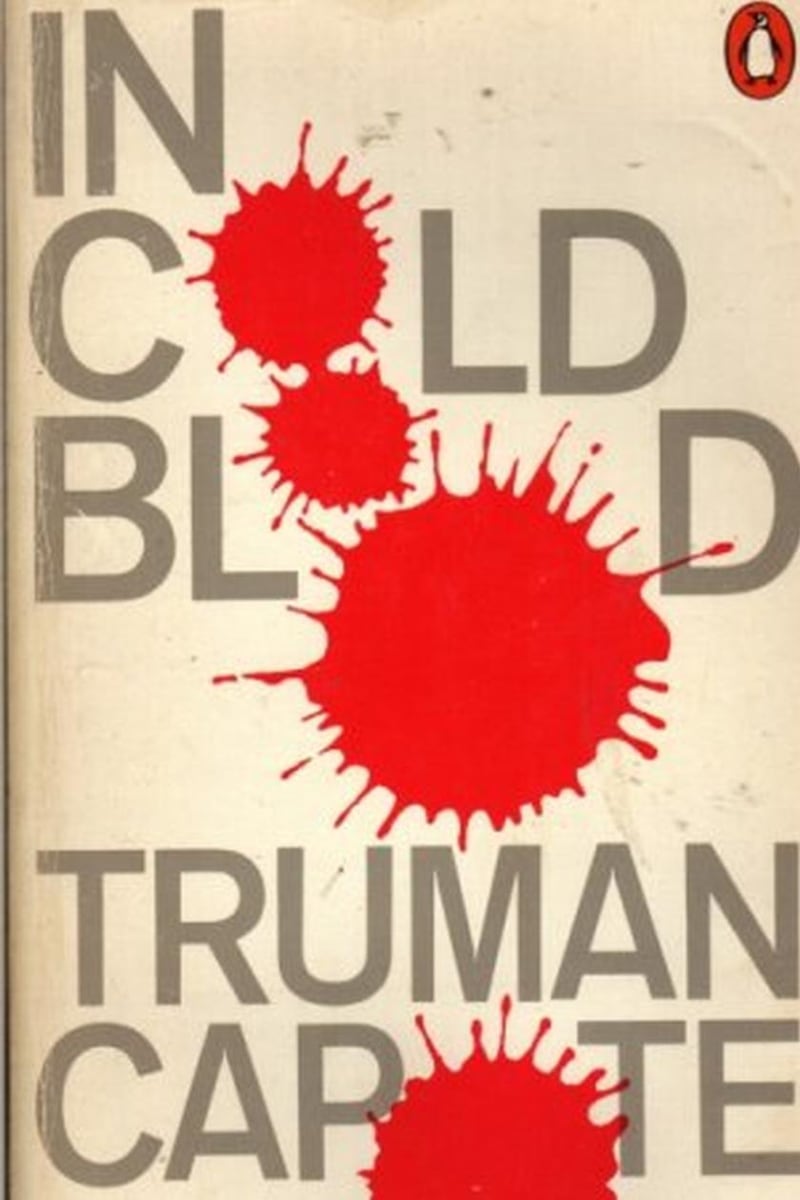The motive was money, lots of it, the boys thought. As they drove west from Kansas city to the village of Holcomb on a cold November night in 1959, Perry Smith and Dick Hickock speculated how they would spend it. Go to Mexico, buy a boat, said Perry. “Something cheap but sturdy. We could go to Japan. Sail right across the Pacific.”
They stopped to get what they needed. First, rubber gloves. Then rope, white nylon cord. They considered women’s hosiery to wear over their faces. But “stockings of any shade were unneccessary ... a useless expense”. There would be, Dick reminded Perry, “no witnesses”.

And there weren’t. Prosperous farmer Herb, his invalid wife Bonnie, 16-year-old daughter “the town darling, Nancy”, and son Kenyon, a year younger, died that night. Herb’s throat cut, then shot; Bonnie, Nancy and Kenyon, all shot. In cold blood.
Truman Capote’s telling of the murders: the meticulous build up, the dead, the killers, the cops, the townspeople, their friendships and way of life, created a new form of non-fiction. No detail was too tiny to be burnished by his writerly powers. Mr Ewalt, a middle aged sugar-beet farmer, one of the first to find the bodies, “had mud on his boots; he felt he wasn’t properly dressed to go calling on the Clutters”. Herb Clutter’s fondness for apples: “It was ideal apple-eating weather; the whitest sunlight descended from the purest sky” . The hangman, lifting his cowboy hat and settling it again, “a gesture somehow reminiscent of a turkey buzzard huffing then smoothing its neck feathers”.
For hang, those boys surely did. "Steps, noose, mask ... the thud-snap that announces a rope-broken neck." Four deaths for $40. Hard to believe that we'd remember Smith and Hickock and the Clutters of Holcomb without Capote. But we do. Capote's In Cold Blood: a new way to write, a new way to understand.











